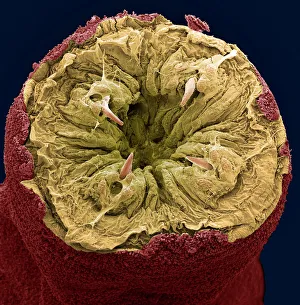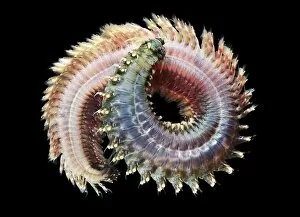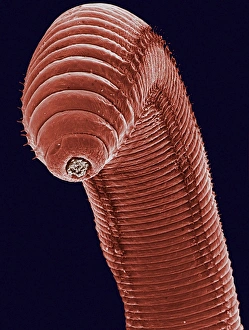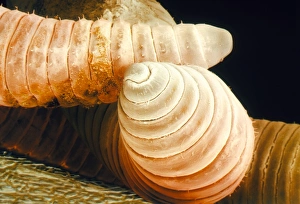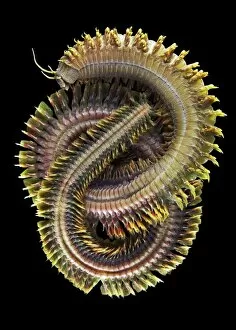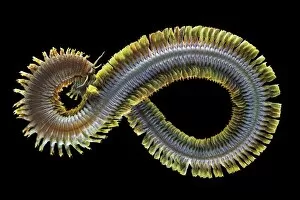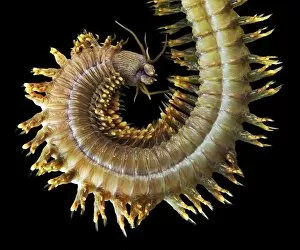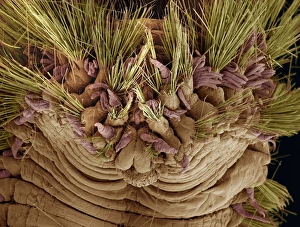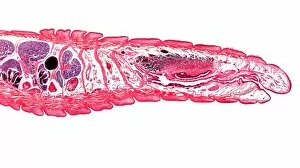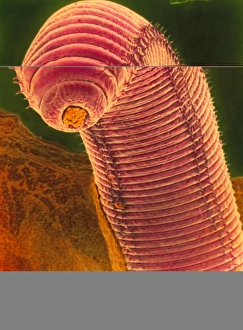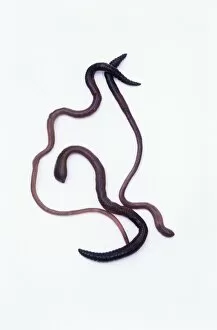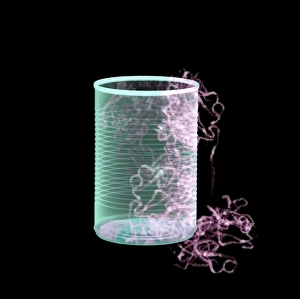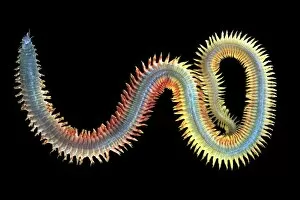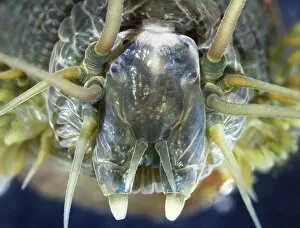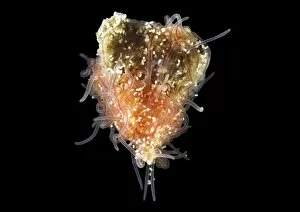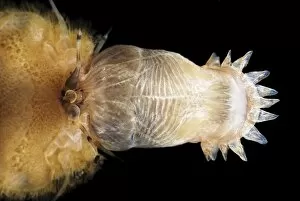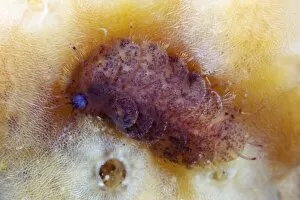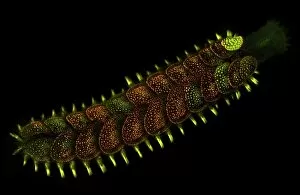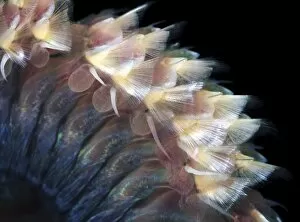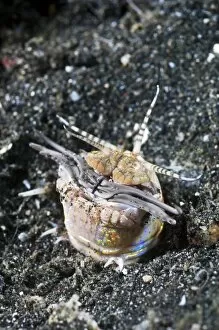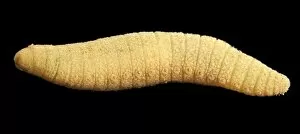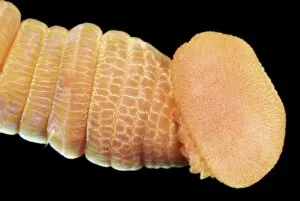Annelid Worm Collection
"Exploring the Fascinating World of Annelid Worms
All Professionally Made to Order for Quick Shipping
"Exploring the Fascinating World of Annelid Worms: From Ragworms to Earthworms" Delve into the intricate world of annelid worms with a close-up view of a ragworm's mouth under an SEM (Scanning Electron Microscope). Meet the elusive sandworm, known for its ability to burrow deep within sandy substrates. Get mesmerized by a vibrant colored SEM image showcasing the head of an earthworm, revealing its complex anatomy. Behold the majestic King ragworm C015 / 7450 as it gracefully moves through its marine habitat. Witness the stunning beauty of King ragworm C015 / 7523, displaying its unique patterns and colors. Marvel at the resilience and adaptability of King ragworm C015 / 7495 in various environmental conditions. Explore the hidden wonders beneath our oceans with King ragworm C015 / 7421, an exceptional creature thriving in diverse ecosystems. Discover how King ragworm C015 / 7481 navigates through underwater landscapes using its remarkable sensory abilities. Uncover the intricate details of a bristle worm's head under SEM, highlighting their fascinating structures and adaptations for survival. Take a peek into an earthworm's longitudinal section to understand their internal organization and vital functions within ecosystems. Learn about compost worms' essential role in breaking down organic matter and enriching soil fertility through decomposition processes. Immerse yourself in nature's artistry with a colored SEM image capturing every detail of an earthworm from Lumbricus t species. Embark on this captivating journey into annelid worm diversity, where each species holds secrets waiting to be unraveled.

